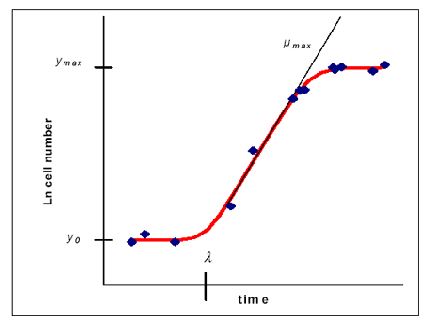Bacteria are tiny organisms that are commonly found in almost every habitat on the planet. Even if they measure only a few micrometers, they are life threatening when they infect the respiratory and digestive health to deteriorate. They are ubiquitous in soil, radioactive waste, water, biomass and even organic matter. Bacteria living in the organs of life forms such as plants and animals. They are much more than the number of human cells in the human body, and thrive on the skin and digestive tract. Bacteria play a very important role in recycling nutrients. While the majority of bacteria in the human body resist the immune system, there are some that are pathogenic in nature. Pathogenic bacteria cause infectious diseases like leprosy, cholera, anthrax, bubonic plague. They are also responsible for strattera no prescritpion the spread of respiratory infections like tuberculosis. Major diseases caused by bacteria of bubonic plague bubonic plague other life-threatening disease caused by bacteria. The bacteria that cause plague Yersinia
swine variety. Various types include general form of plague that spreads through some rats and fleas. Sepsis is a form of the disease when blood contaminated with bacteria. Pneumonic plague refers to the point where the bacteria affects the lungs. And the safest type of failure is called form. The fever lasts for a while, before weakening. The incubation period infections that are dangerous to life from 2 to 7 days. Cholera term refers to "the flow of bile, in Greek. This intestinal infection caused by vibrio cholera

bacteria that contaminate food and water. Cholera is a diarrheal disease that is spread by eating undercooked, deficiency of hydrochloric acid and poor hygiene. Symptoms only surface about three days after infection following the signs include diarrhea, abdominal pain, severe dehydration, dry mouth and skin, low urine, low blood pressure, weakness and nausea. Without timely treatment, the patient can die within hours. Pertussis Pertussis is also called "whooping cough". Bacterium that is transmitted is called Bordetella pertussis disease. This disease has a negative effect on the immune system of young people for 6 weeks. Symptoms of pertussis include nausea, severe cough and fever. "Pertussis" term is the result of sound that makes the patient cough. Unfortunately, the disease spreads in underdeveloped regions of the world, where speed of expensive antibiotics, is highly questionable. Typhoid fever is also known as gastric fever, typhoid fever, intermittent fever children, fever slowly untreated typhoid progresses in four separate stages, each lasting about one week. A typical symptom of typhoid fever is slowly progressing to 40 ° C (104 ° F), gastroenteritis, profuse sweating, sometimes rash occurs. Diarrhea and constipation may occur. The third stage is a very high temperature and dehydration occurs. Fatal complications like internal bleeding or intestinal bleeding can occur. The course of antibiotics prescribed for the treatment of typhoid fever. Improving the patient is observed after 1-2 days of antibiotic treatment and full recovery is possible in 7-10 days. fever can spread through poor hygiene habits and sanitation, and sometimes on flying insects that feed on excrement. Campaign for education encouraging people to wash their hands after defecation and before handling food is an important component in combating the spread of the disease. Tuberculosis is an infectious disease. The bacteria that cause tuberculosis called Mycobacterium tuberculosis. People with TB and TB cough excessively and suffer terrible pain in his chest. They are coughing blood and display excessive weight loss, fatigue, loss of appetite and constant temperature. TB is spread from an infected person to other peripheral devices. When a patient sneezes, coughs or spits, the bacteria infect others. Latent tuberculosis is a condition in which the infected person is unaware of infection because of mild symptoms. However, the condition becomes active very often life-threatening patient in the absence of appropriate antibiotics. Pulmonary TB affects the lungs of man, while the military results of TB infection of lungs, which slowly spread to the heart, liver and brain. TB also affects the skin and bones. List of diseases caused by bacteria is one of the peaks of modern medicine was to fight bacterial infection. Vital and powerful tool for the appearance in the fight against bacterial infection, which saved the lives of millions of people worldwide, was the development of antibiotics in 1940. Because of its activity, antibiotics are widely used and unfortunately, sometimes incorrectly. As a result, antibiotic-resistant bacterial strains began to appear, threatening the overall health and well-being of mankind and thus create problems for physicians and researchers. .
No comments:
Post a Comment